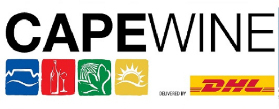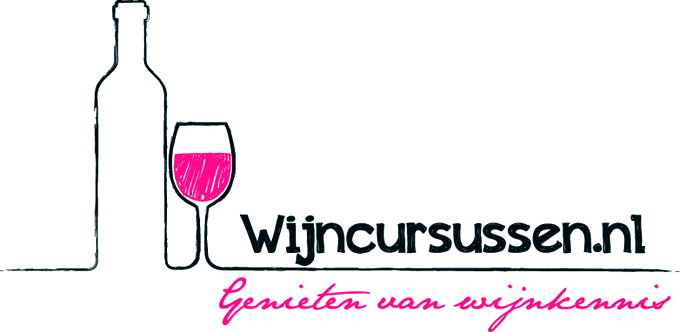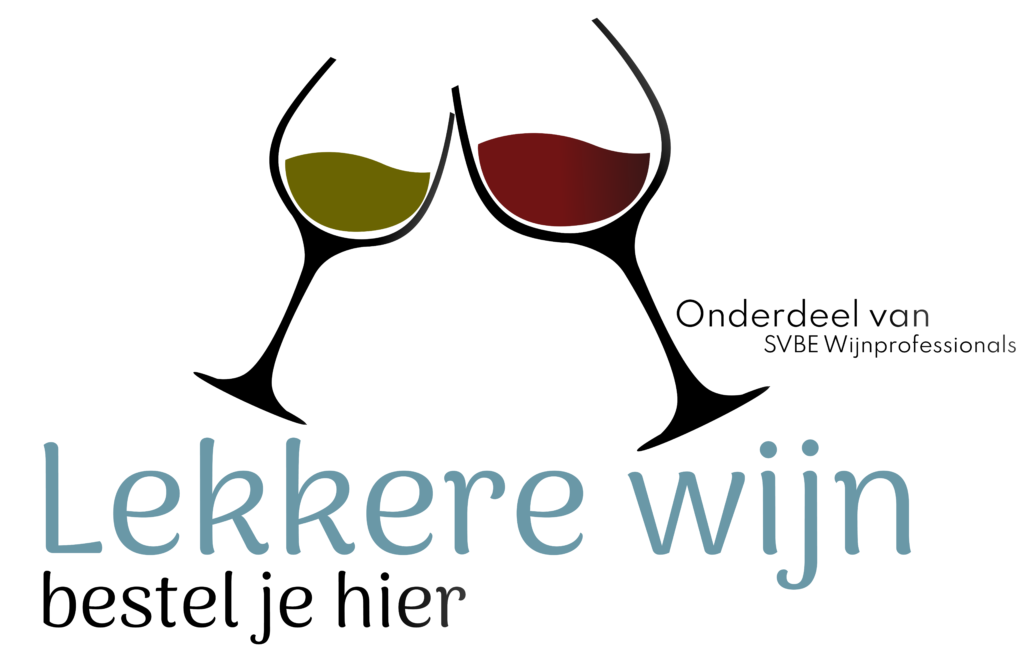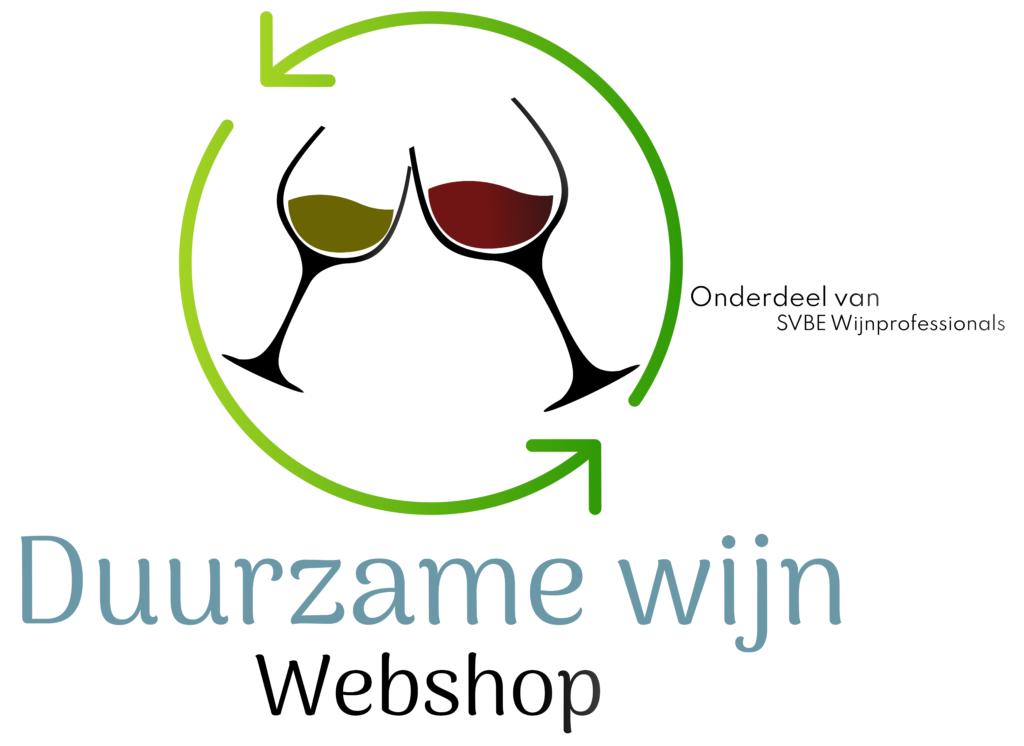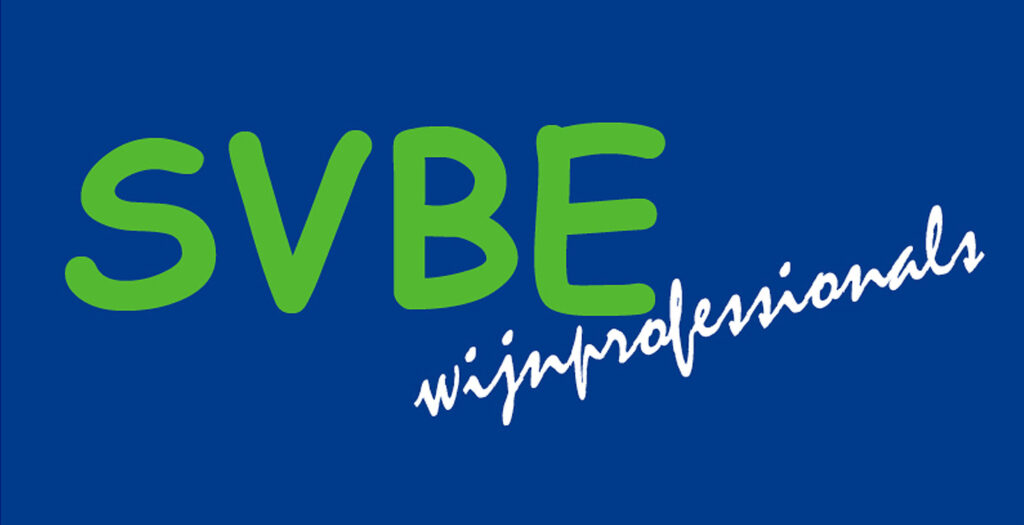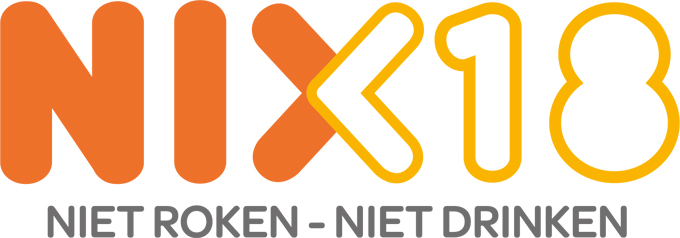Cape Wine 2015, September’s three-day showcase to the international wine fraternity has proved the most successful exhibition of its kind to date, with the number of visitors rising by 27% on the previous show.
Held every three years, this year’s trade fair drew 1 900 visitors from a total of 58 countries. Delegates included retailers, sommeliers, restaurateurs, hoteliers, educators, wine critics and media who had come to meet the 350 exhibiting producers and taste their wines.
Said Siobhan Thompson, the CEO of Wines of South Africa (WOSA) that organised the event: “The overriding impression amongst guests was that South African wine has assumed a new level of quality and a clearly differentiated and distinctive voice. Returning visitors who have been following our progress over the years could see the impact of the extensive innovation in wine-growing and winemaking that has been taking place. They consistently remarked on how this has been translating into greater confidence amongst exhibitors, who are now more readily expressing what is uniquely South African in their wines”.
In his opening address WOSA chairman Michael Jordaan also highlighted the importance of innovation when he spoke of South Africa being at a tipping point “where all the cumulative innovations in the wine industry would start showing”.
It was a view that resonated with many of the delegates who had come to attend what is the largest national wine trade show in the Southern Hemisphere.
Thompson said while there had been a strong turnout from traditional markets across the European Union, especially from Germany, the UK and the Scandinavian bloc, and a larger contingent from the US and Canada than in previous years, the biggest percentage increases had come from Asia and Africa.
“Of course, that’s from a lower base, but it is encouraging to see that the enthusiasm for the South African category is becoming more widespread. This will help us to expand our geographic reach and begin penetrating newer and more of the emerging markets.”
Asia had been particularly well-represented, she said, with visitors coming predominantly from China, Hong Kong and Japan. Africa was represented mainly by delegates from Nigeria, Angola and Ghana, while several Brazilians were also amongst those from emerging markets.
She said the mix of delegates had afforded exhibitors very good access to influencers and decision makers. Naas Erasmus, Distell’s commercial director for international wines and one of the biggest exhibitors on the show, concurred.
She added that the support of the Department of Trade & Industry in bringing guests to the show had also contributed to its success.
Michael Franz, a US-based wine editor, critic, educator and consultant to the restaurant trade, praised South Africa’s ability to offer value across a spectrum of wine prices and styles. “No other country comes to mind that can as authentically straddle the divide between the old and the new worlds. You have the climatic capacity and soil diversity to make distinctive, compelling and appealing wines. South African Chardonnay retailing for US$17 is arguably the best in the world at that price.”
Wine journalist and judge Christine Austin, from the UK, still South Africa’s major market, echoed his sentiment, commenting on the “clear marketability of the wines on show at all price levels”.
Sascha Speicher, from the authoritative Meininger group that publishes a range of wine trade titles, believes South Africa has taken “a big step forward with more exciting and individual wines”. He referred to the deep structured wines produced from old vines, and also the elegant examples of Cinsaut he had encountered. “The quality is there. Now you need to bring these developments to the market.”
Masamitsu Yoshino, publisher and director of Japanese specialist trade beverage magazine Wands Review was optimistic about South Africa’s potential in his market. Last year, South African imports to Japan rose by 19,3% on 2013, according to Japan’s Ministry of Finance. He said the country had now overtaken Germany to become the eighth biggest supplier of wine to Japan. Consumers were familiar with the popular French cultivars used by many South African winemakers and the elegance of local wines made them well suited to washoku (Japanese cuisine).
Debra Meiburg MW, who is considered one of the most influential personalities in wine and specifically a leading authority on wine in Greater China, was also upbeat about the potential for South African wine in the region.
Cape Wine’s headline sponsor was leading express logistics company DHL Express, with Nampak as the show’s secondary sponsor.

